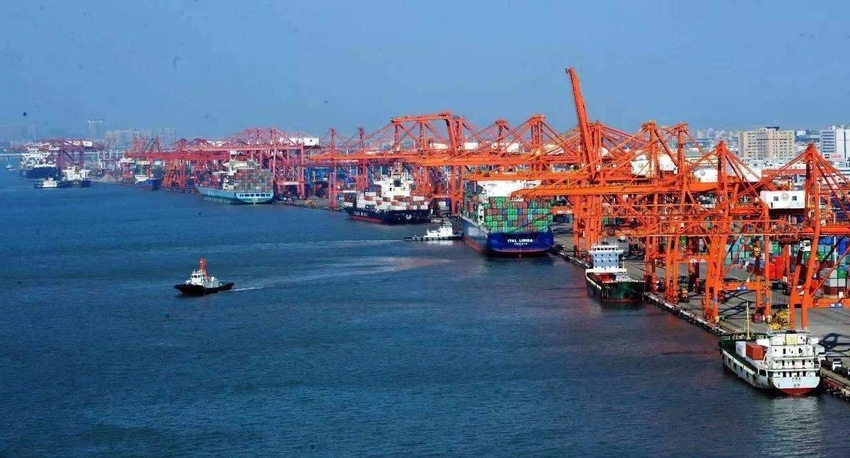Product clearance at ports has slowed as product has to find approved warehouses where it can be disinfected.
January 6, 2021

Despite guidance from international health organizations stating that imported food shipments are an unlikely source of COVID-19 transmission, the Chinese government implemented sample testing procedures last summer at ports of entry. More recently, China has not only expanded COVID testing to include all imported meat and seafood shipments but also added disinfection and tracing requirements for these products.
The U.S. Meat Export Federation (USMEF) also reported that the country has begun using a new phone app-based traceability system, requiring any party that handles imported meat and poultry to scan information about the products upstream and downstream movements.
Joel Haggard, U.S. Meat Export Federation (USMEF) senior vice president for the Asia Pacific, said that over the last few weeks, the impacts of the new requirements have been more apparent.
“There have been some slowdowns in product clearance at ports as product looks to find approved warehouses where it can be disinfected. And then there’s been a slowdown in the movement of products as wholesalers need to get their COVID test and disinfection certificates,” Haggard relayed.
News coverage of positive tests has also caused some consumer pushback on imported meat products.
These developments are coming at an inopportune time, Haggard explained, as China is entering its peak meat buying season leading up to the Lunar New Year.
Overall, though, he expects these obstacles to have less impact moving forward as China's vaccination programs help curb new COVID outbreaks.
“As China and the rest of the world lurch forward with vaccinations in the coming months, everyone will be trying to put this pandemic in the rearview mirror.”
You May Also Like


.png?width=300&auto=webp&quality=80&disable=upscale)
